The brain and sexual (dys)function
New studies suggest that healthy female sexual function relies on the interaction of both the body and the brain. Various brain pathways and associated neurochemicals are involved in the rewards associated with sexual activity, as well as the excitement and inhibition of sexual responses.
Reward centers in the brain
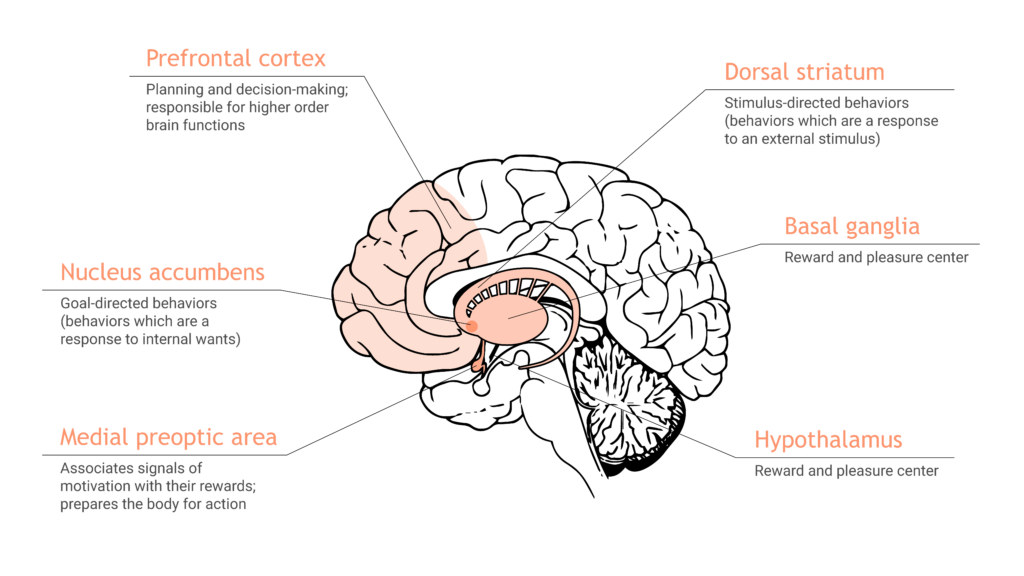
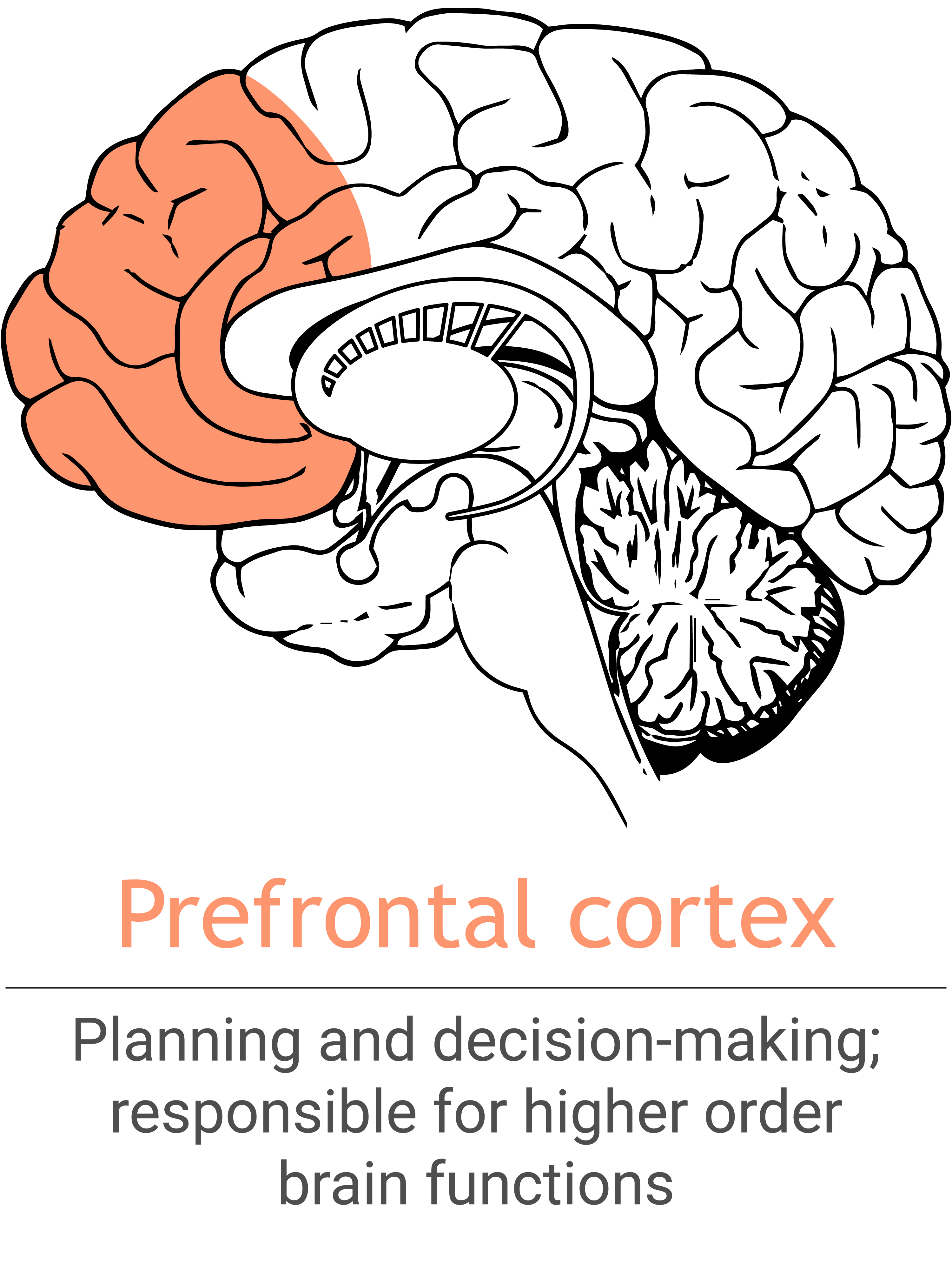
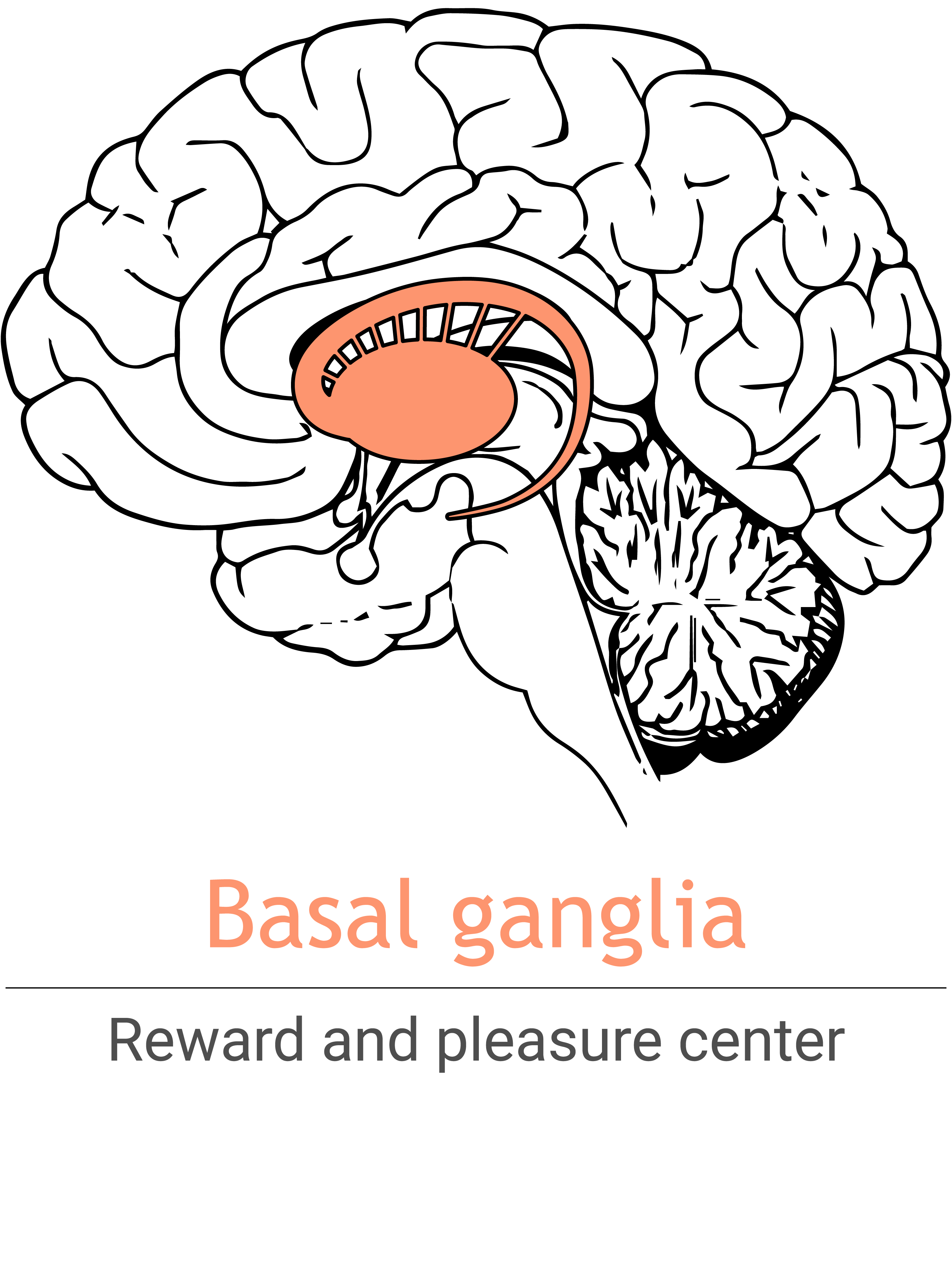
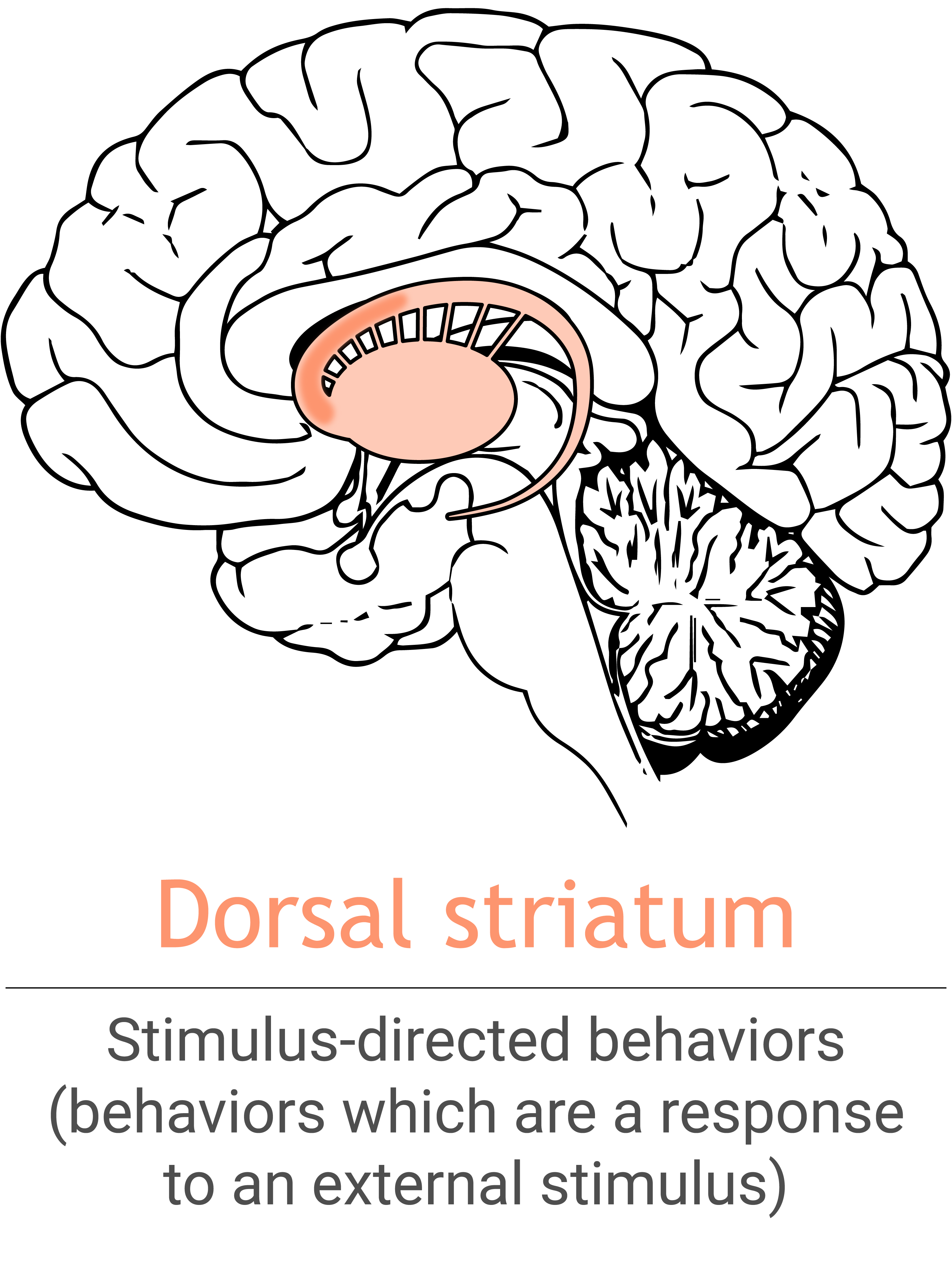
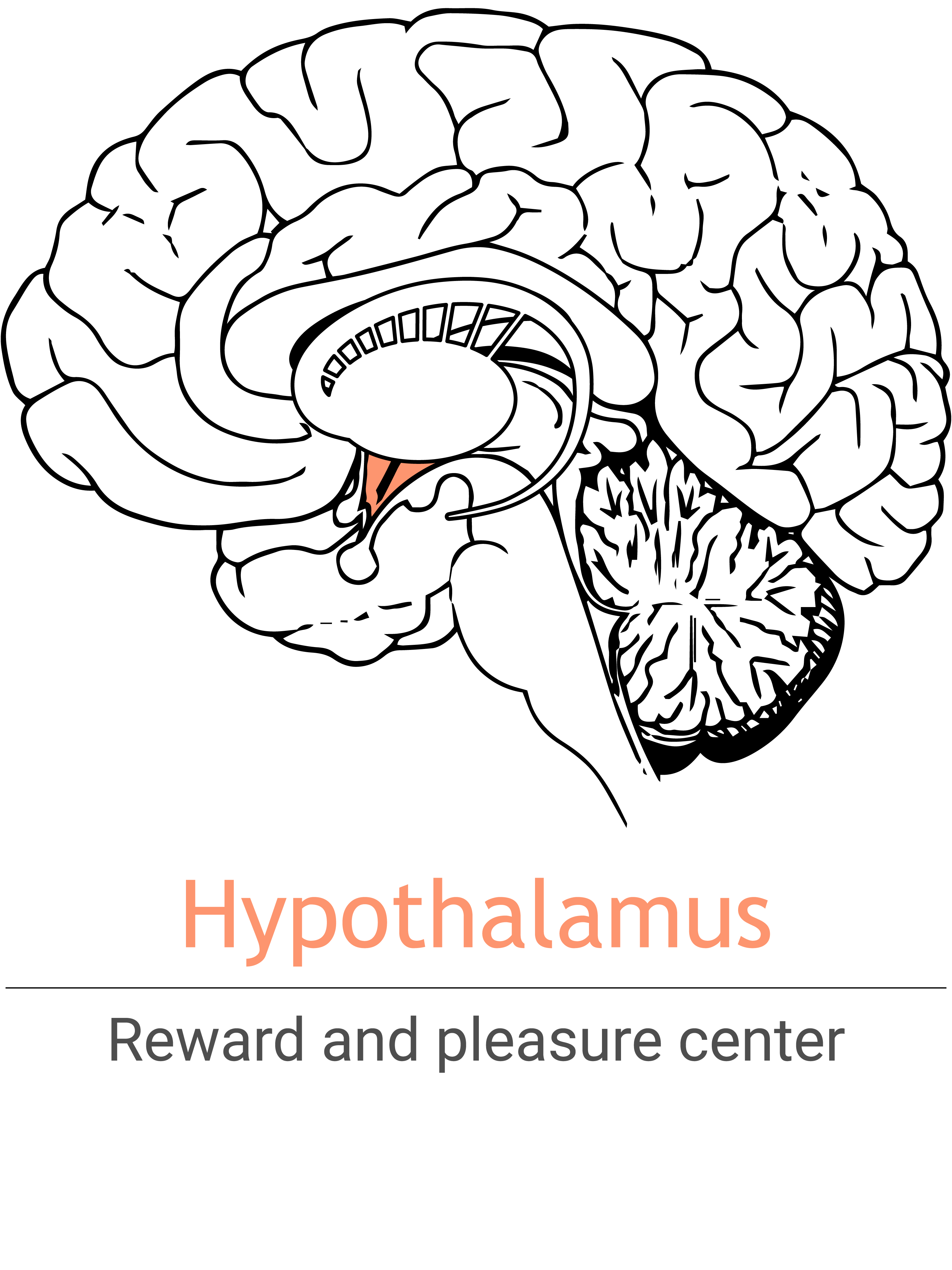
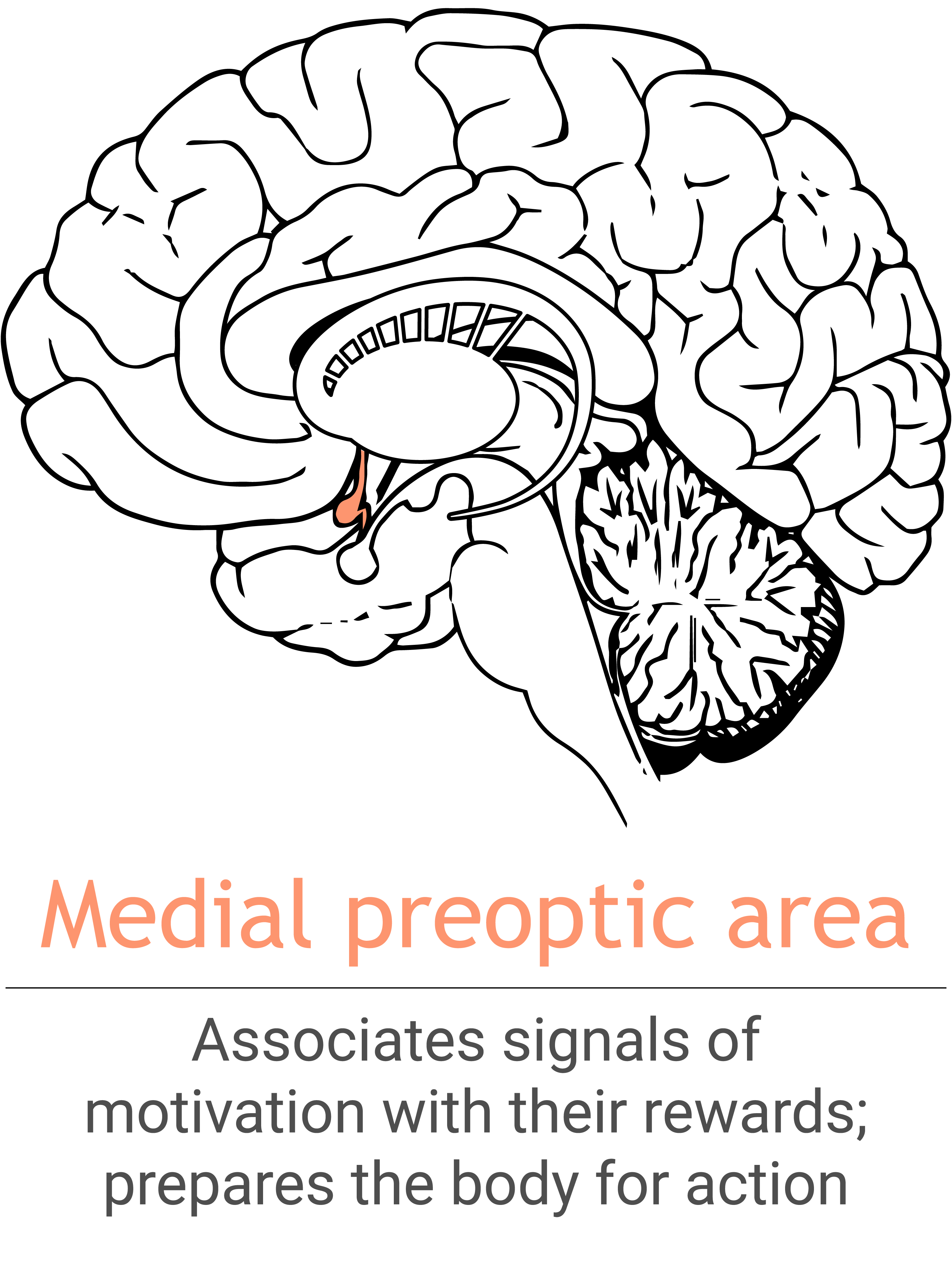
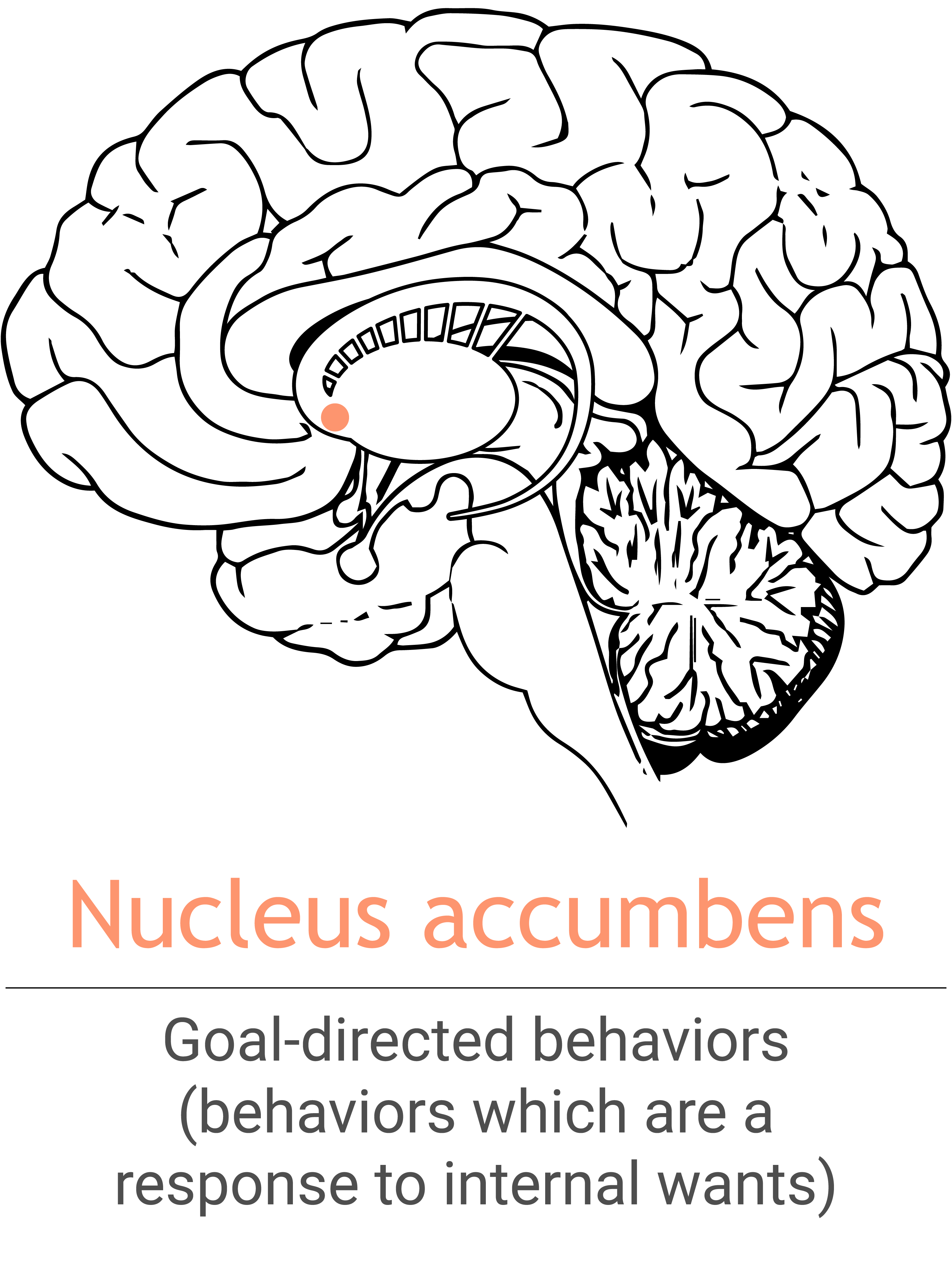
How do these areas affect sexual responses?
A sensory stimulus is any event or object that is received by the senses and evokes a response from a person. Before a stimulus leads to a response or behavior, the brain processes this signal and determines whether the response/behavior would be positive, negative, or neutral. This processing is done in the prefrontal cortex of the brain, which is the part of the brain responsible for managing rewards.
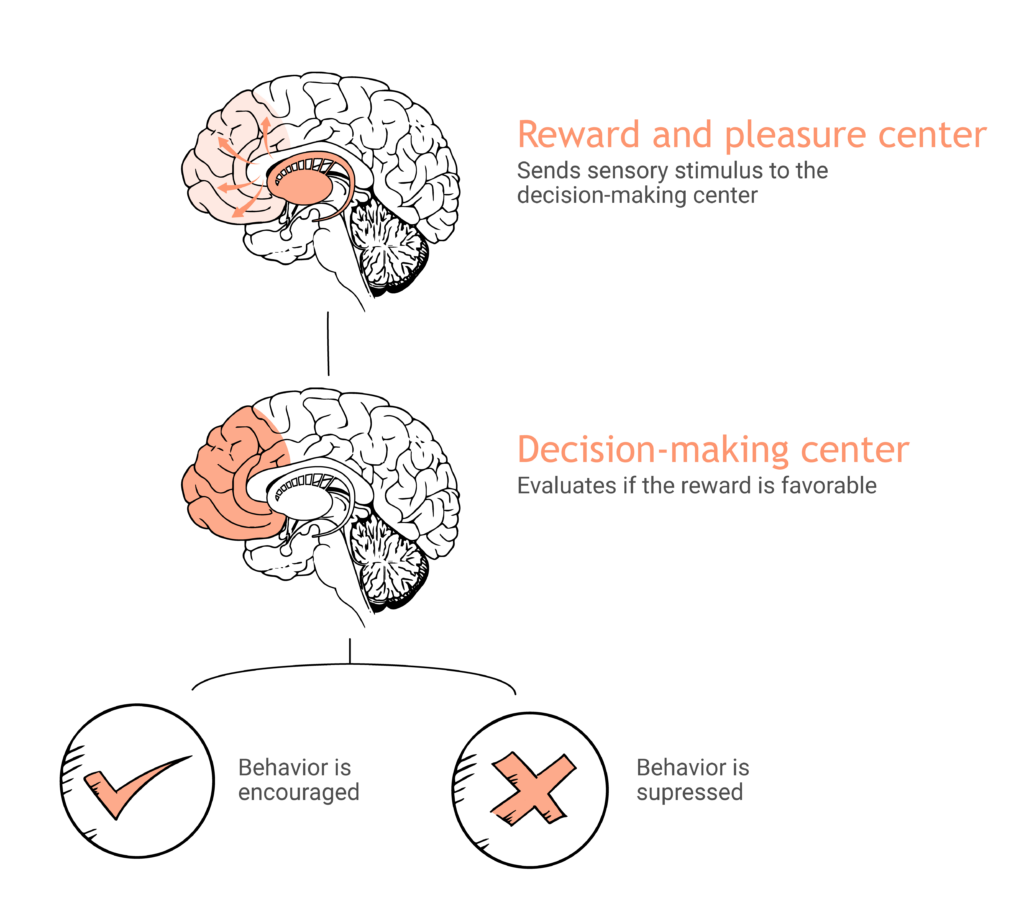
Sometime there are problems in this brain pathway, which can lead to a condition called anhedonia (from the Greek hedone, meaning pleasure), which is a loss of interest in or reduced pleasure from rewarding activities.
Healthy sexual function requires a balance of chemical signals
In women with normal sexual responses, there is a balance between the chemical signals which turn you on (excitatory) and those which turn you off (inhibitory).
It has been suggested that women with distressing low sexual desire may be affected by an imbalance of these systems – too much brain inhibition, not enough brain excitation, or a combination of the two.
A study by B.A. Arnow in 2009 looked at how sexual dysfunction affected the brain. Women with normal sexual responses and women with low sexual desire and distress were shown erotic videos and had their brains scanned for activity. The women with low sexual desire and distress had more activity in the parts of the brain involved in inhibition and attention.
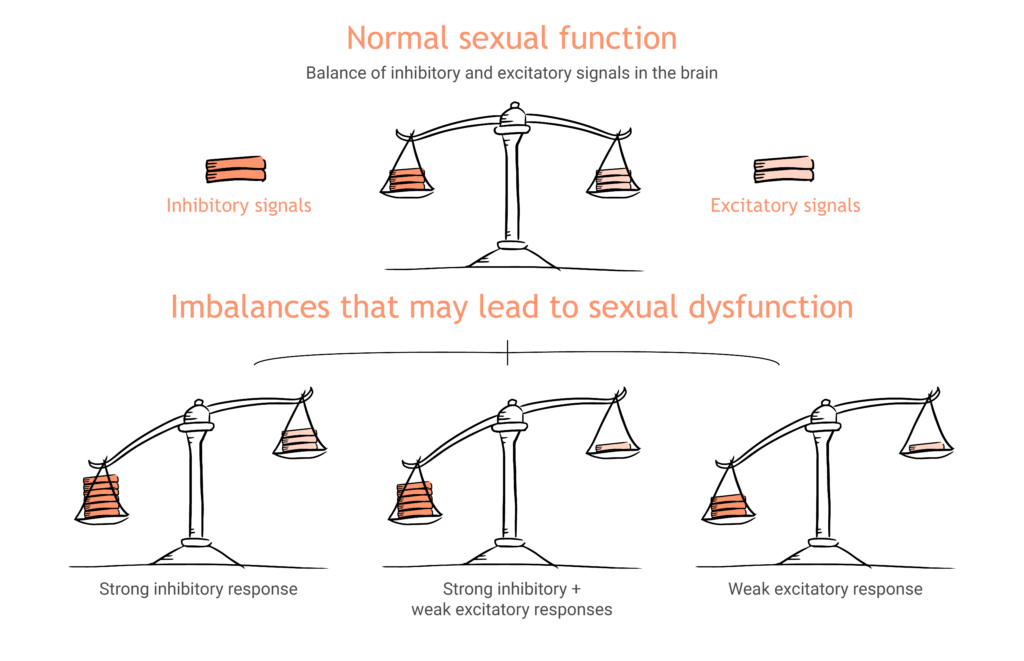
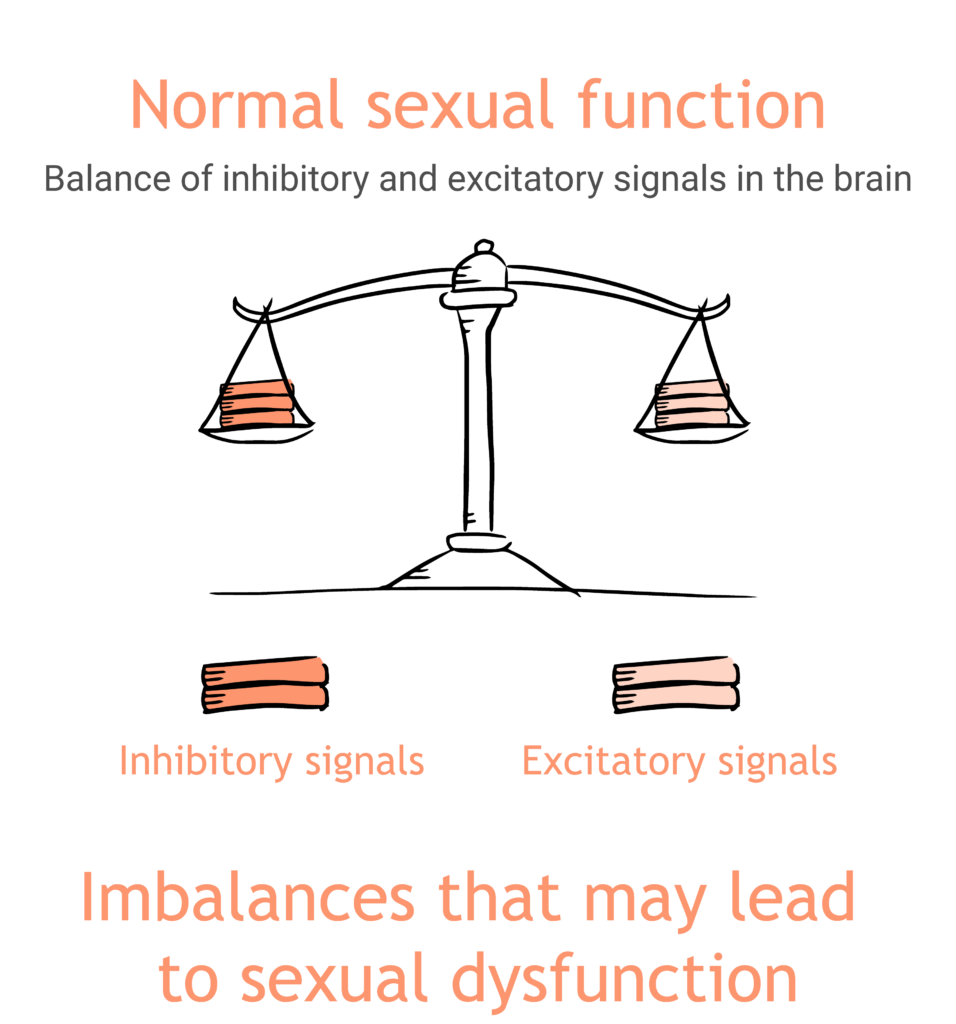
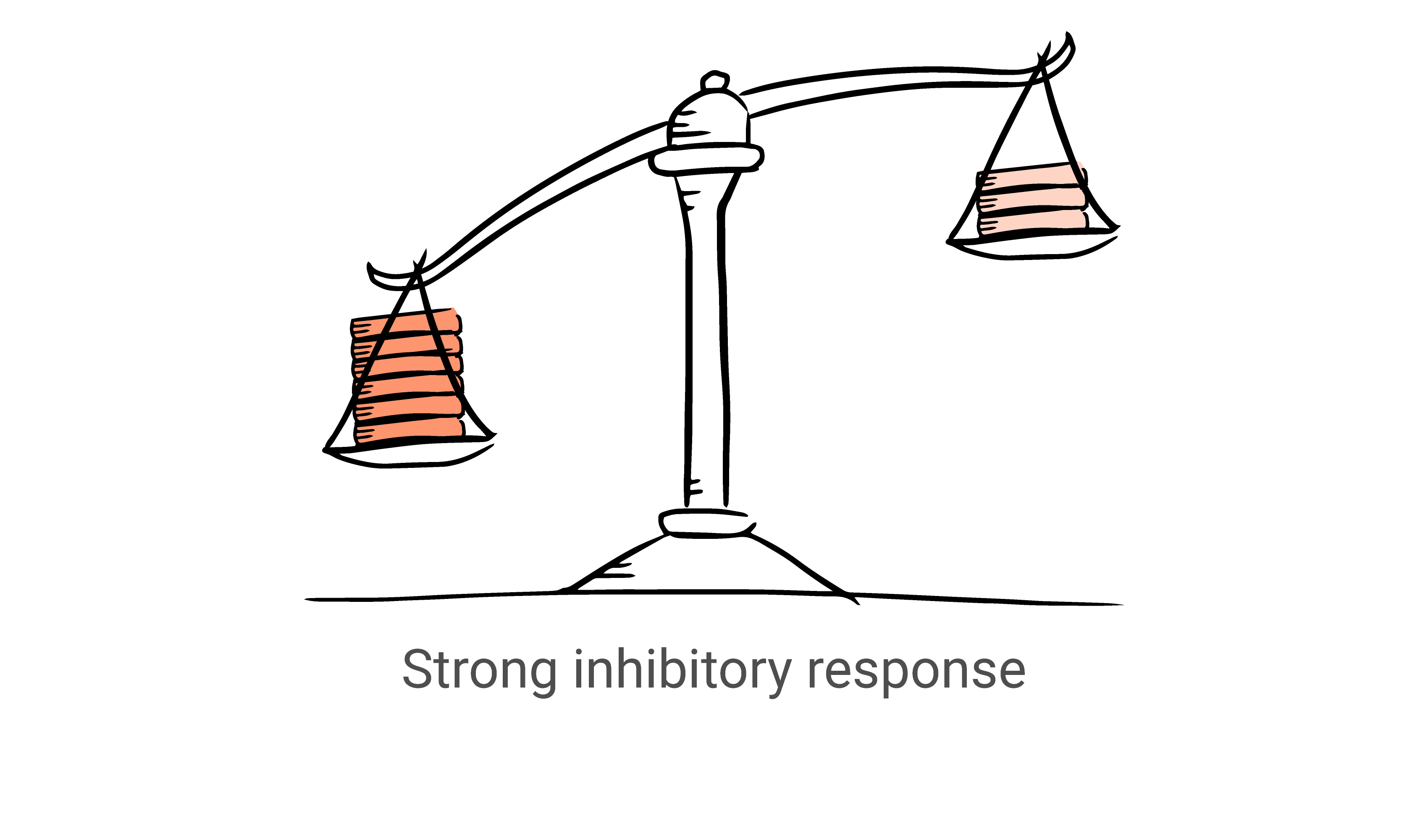
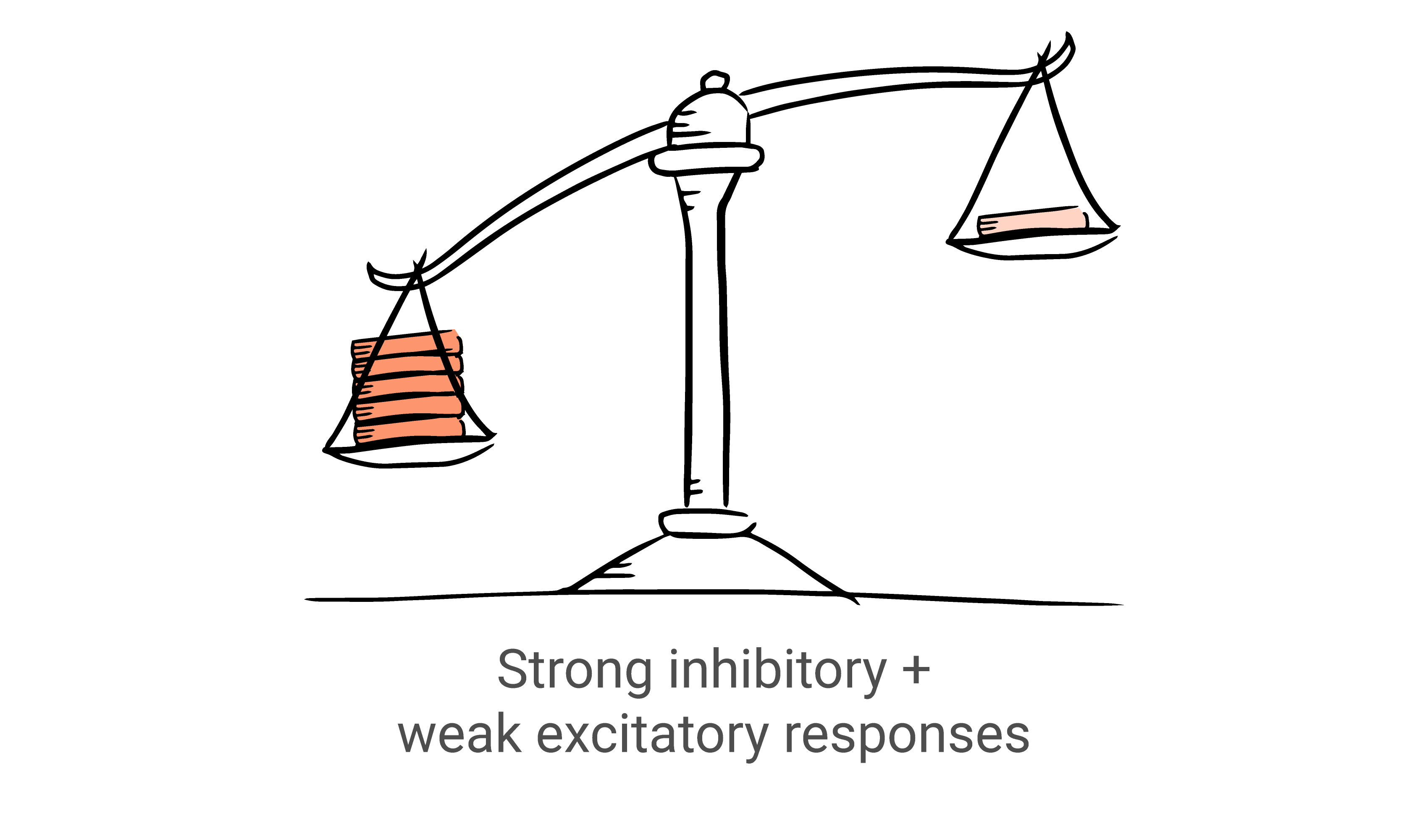
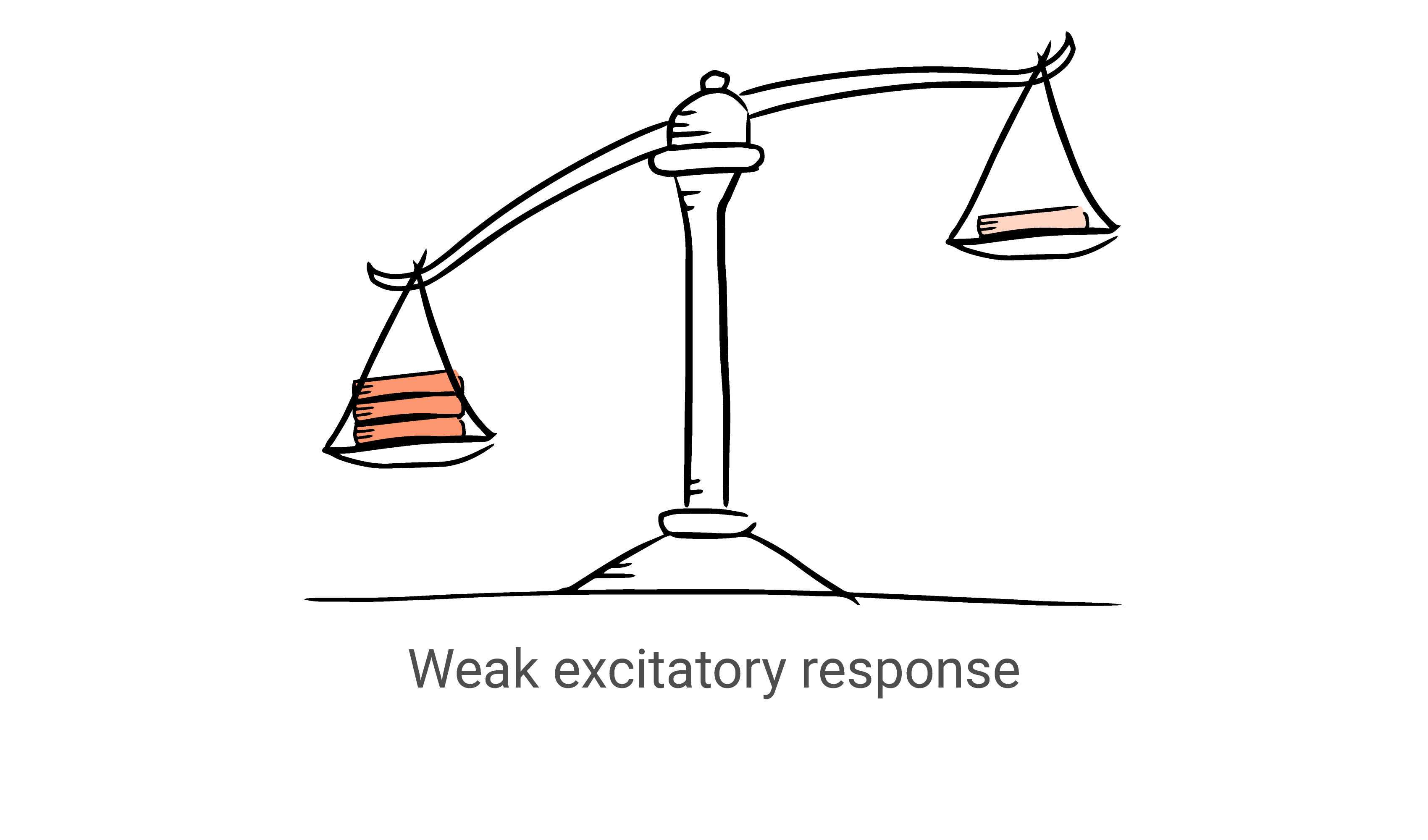
So what neurochemicals are involved in sexual function?
EXCITATORY (turn on)
Norepinephrine
- activates sexual arousal in the brain
- found in blood plasma during sexual activity
Oxytocin
- the “bonding hormone”
- increases in the blood during sexual arousal and orgasm in both men and women
stimulate sexual arousal

Dopamine
- part of the brain’s behavioral reward system
- causes the body’s responses to sexual stimuli
- regulates the reward-processing aspects of arousal and desire
Melanocortins
- molecules which bind to receptors in the brain to stimulate sexual desire and arousal
- mechanism still being studied
stimulate attention and desire

INHIBITORY (turn off)
Serotonin
- reduces sexual motivation and desire
- different serotonin receptors may be responsible for different sexual behaviors / responses
- medications which increase levels of serotonin in the brain inhibit ejaculation and orgasm
regulates feelings of satisfaction

Opioids
- produce a rush of exhilaration which triggers a long period of relaxation (also known as the “refractory period”)
- these systems are activated after orgasm to turn off sexual arousal and desire
mediate sexual rewards
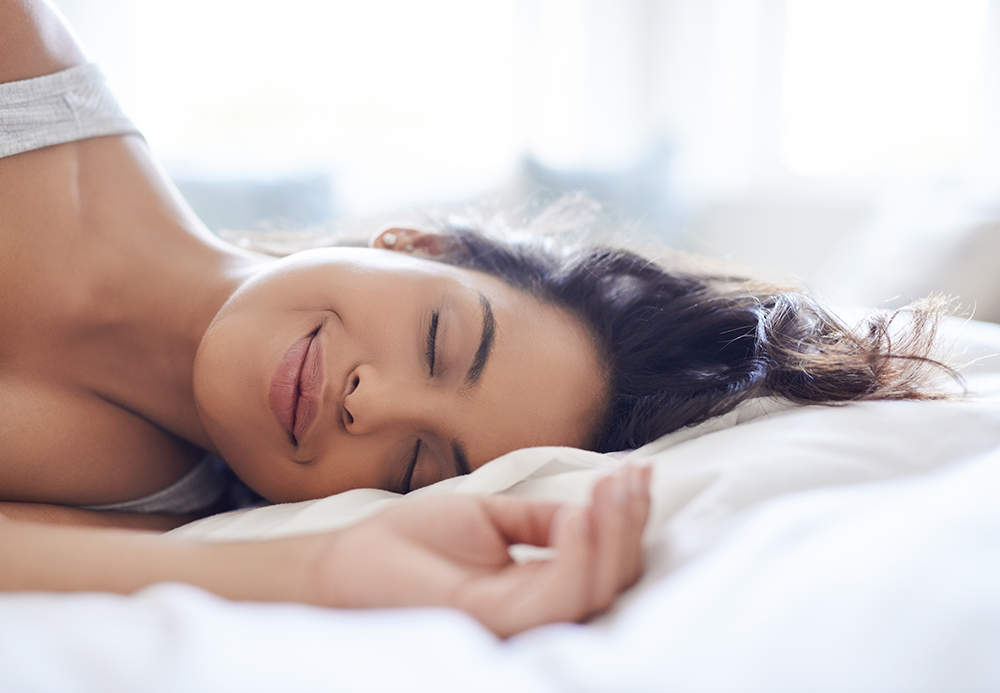
Endocannabinoids
- as with opioids, they bring on a post-orgasm relaxation state
- reduces sex-seeking behaviour
induce relaxation
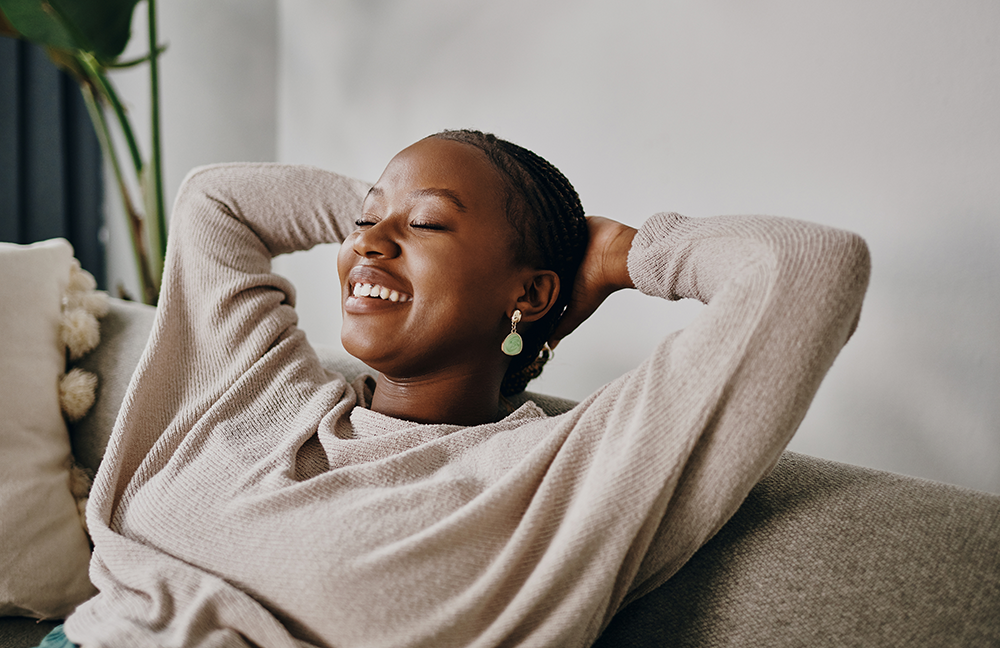
So you can see that the biology of sexual function is quite complex! But the more we learn, the better we are able to develop effective solutions for dysfunction.
Reference Articles:
Kingsberg SA, Clayton AH and Pfaus JG (2015) The Female Sexual Response: Current Models, Neurobiological Underpinnings and Agents Currently Approved or Under Investigation for the Treatment of Hypoactive Sexual Desire Disorder. CNS Drugs; 29(11): 915-33.
Arnow BA et al. (2009) Women with hypoactive sexual desire disorder compared to normal females: a functional magnetic resonance imaging study. Neuroscience 23; 158(2): 484-502.